
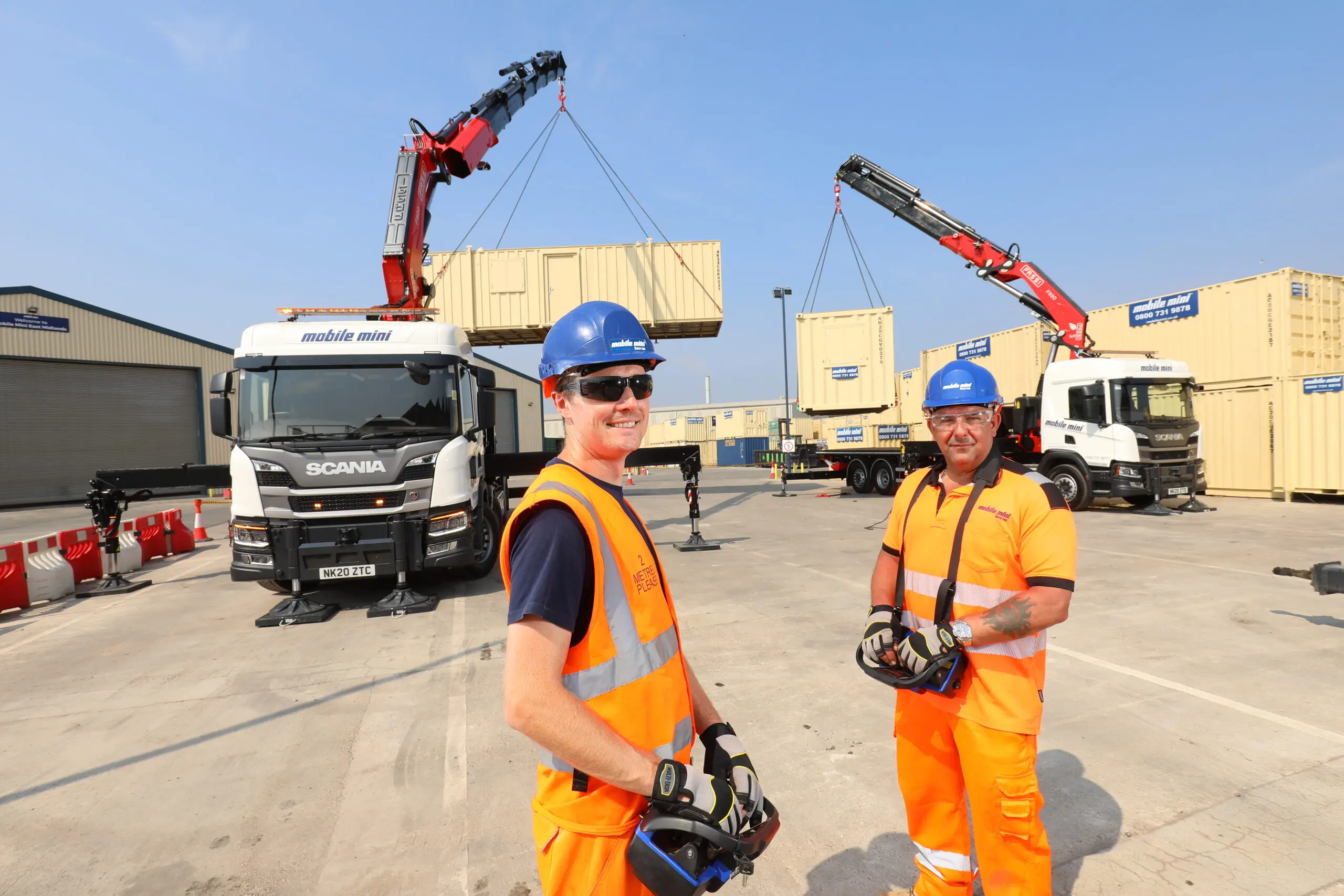
Mobile mini
Returning every employee home safe is at the heart of Mobile Mini’s ethos. Follow their journey to a safer workplace.
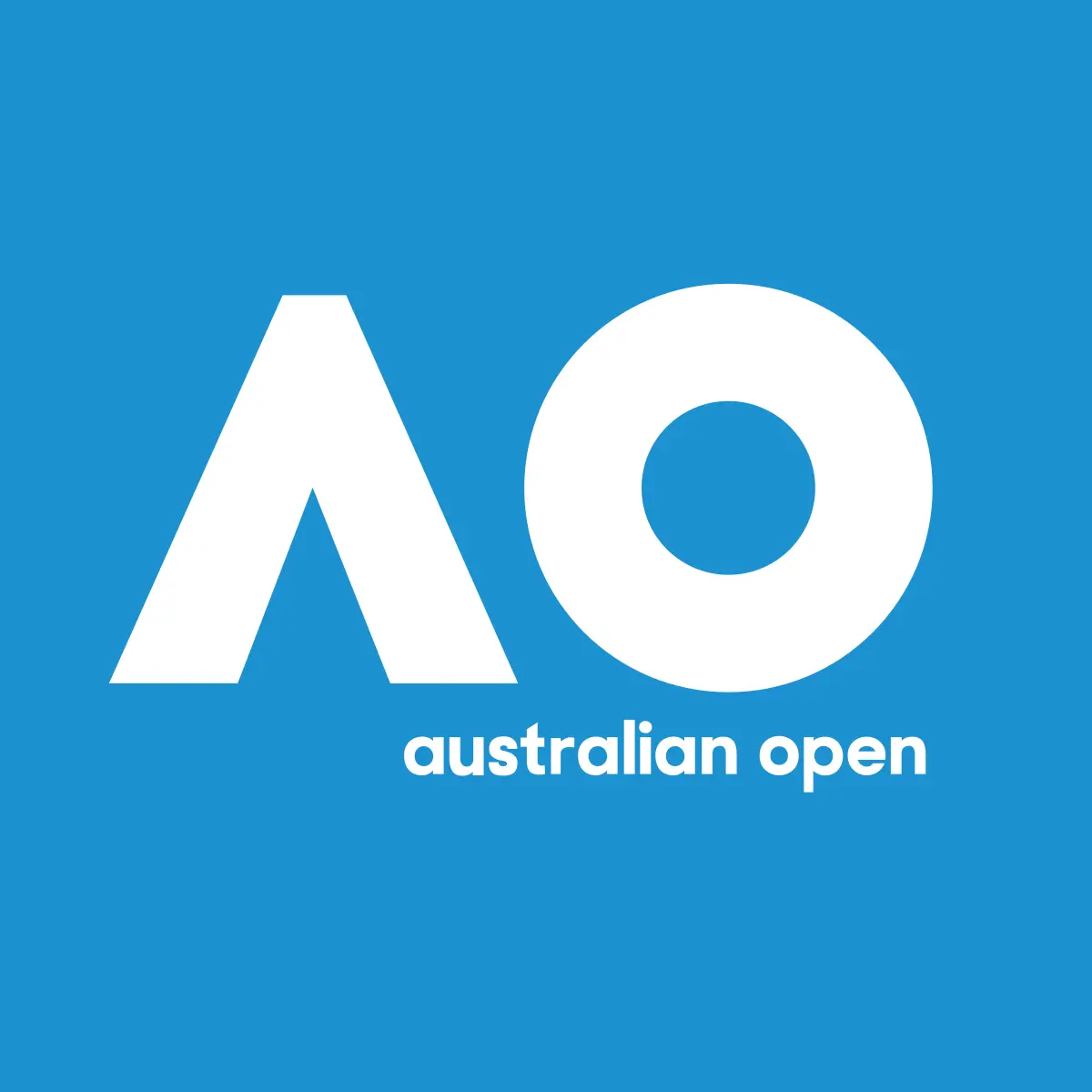
Here’s how the Australian Open is serving up the best Grand Slam yet with SafetyCulture in its court.
1,872 SafetyCulture Inspections completed in 2023
4 mins Average time per inspection
10k AO volunteers upskilled with SafetyCulture Training
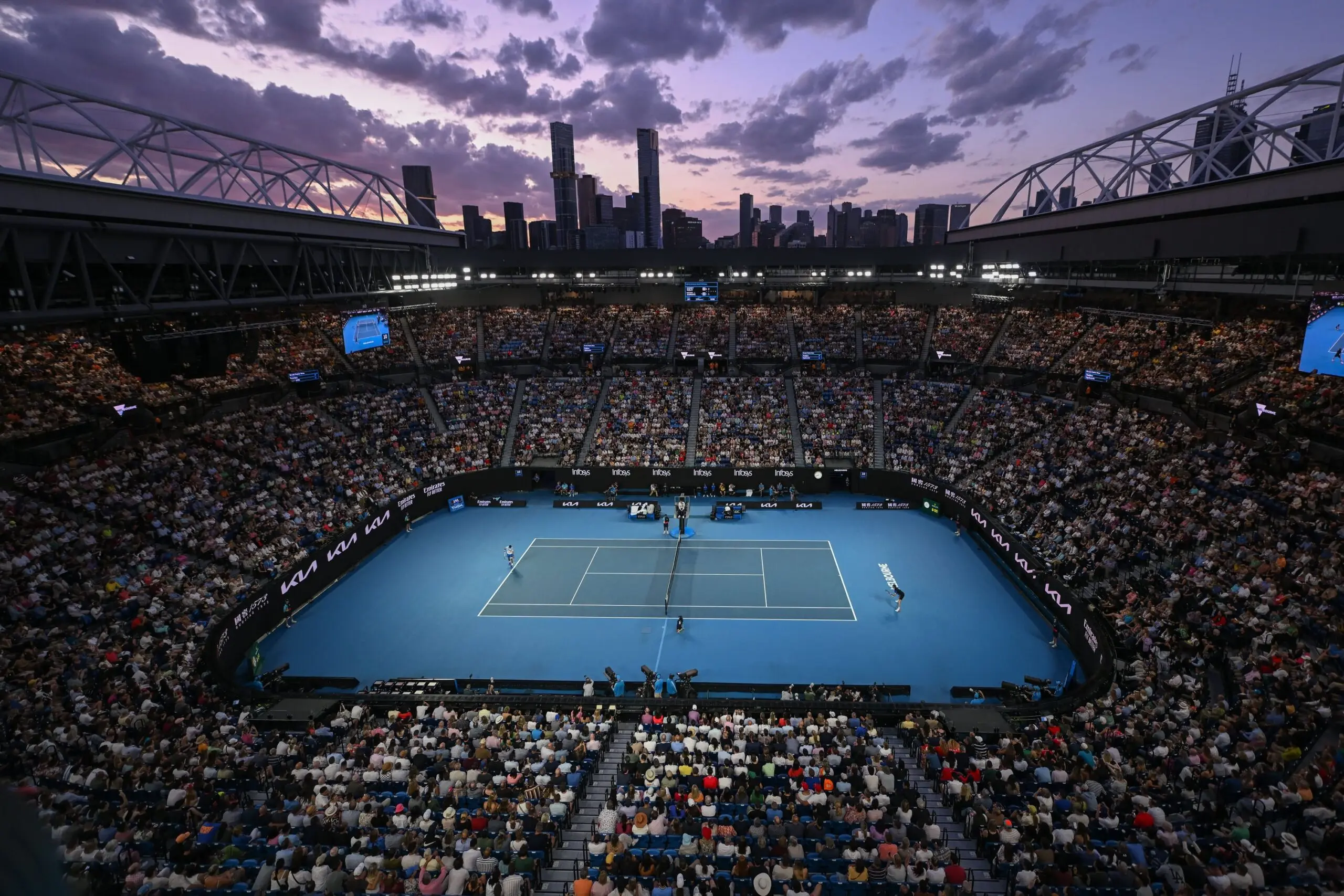
Every January, close to a million people pour through the gates of Melbourne Park to experience the month’s biggest sporting and entertainment event – the Australian Open.
With millions around the world tuning in, the star-studded tournament hosts more than 800 players from 68 nations to compete over 15 action-packed days on the iconic blue hard courts. Getting it off the ground is a mammoth operational feat. From creating incredible experiences for fans to managing over 50 courts and state-of-the-art sports facilities, it takes a small army and smart tech to keep everything in check. SafetyCulture is now in its third year of partnering with the Australian Open. What started as simple use cases of the SafetyCulture platform has, over the years, matured into a symphony of operational improvements coming together.
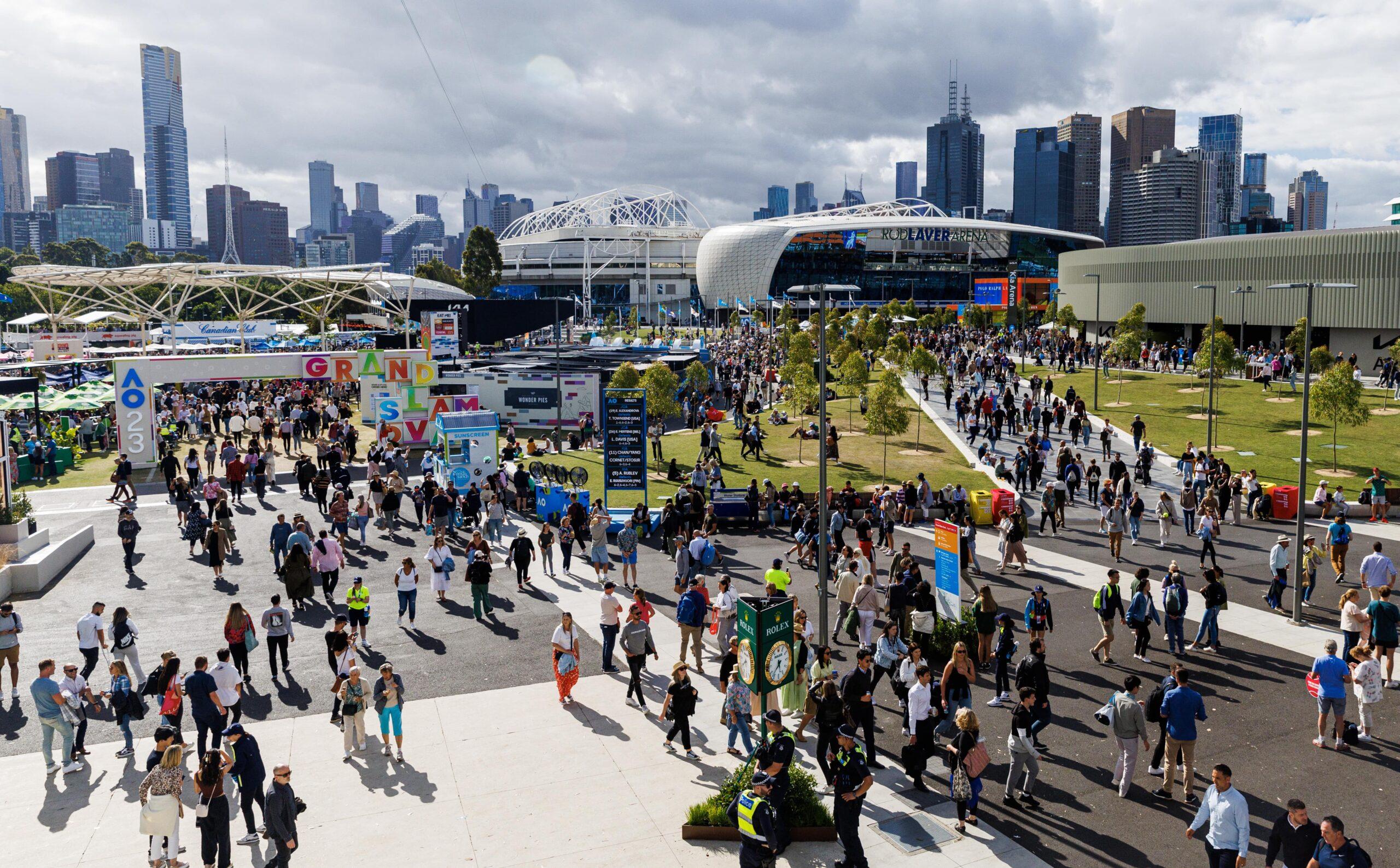



Stretching a little over 2km from end to end, getting the precinct tournament ready is a huge process and one that starts months in advance.
“If we go back to 2020, we had over 800,000 people through the gates,” says Lee Ross, Manager of Safety, Compliance and Emergency Management. Today, it’s sitting at 900k. “The event continues to get bigger. The redevelopment continues to get bigger. And the footprint of the Australian Open continues to grow.”
The Australian Open leans on a workforce of 8,500 accredited staff – with around 5,000 workers on-site at any given time. From permanent Tennis Australia staff members to security guards, Melbourne Park staff, and other casuals and contractors, it’s a huge team effort behind the scenes to bring the AO to life.
There are more than 400 temporary structures on site, and each year, these change to give fans an innovative and fresh experience. This year, they’ve introduced the new two-storey Courtside Bar, which wraps around Court 6, allowing patrons to watch the tennis at close range.
Here’s how the Australian Open is using SafetyCulture to make it the best Grand Slam yet.
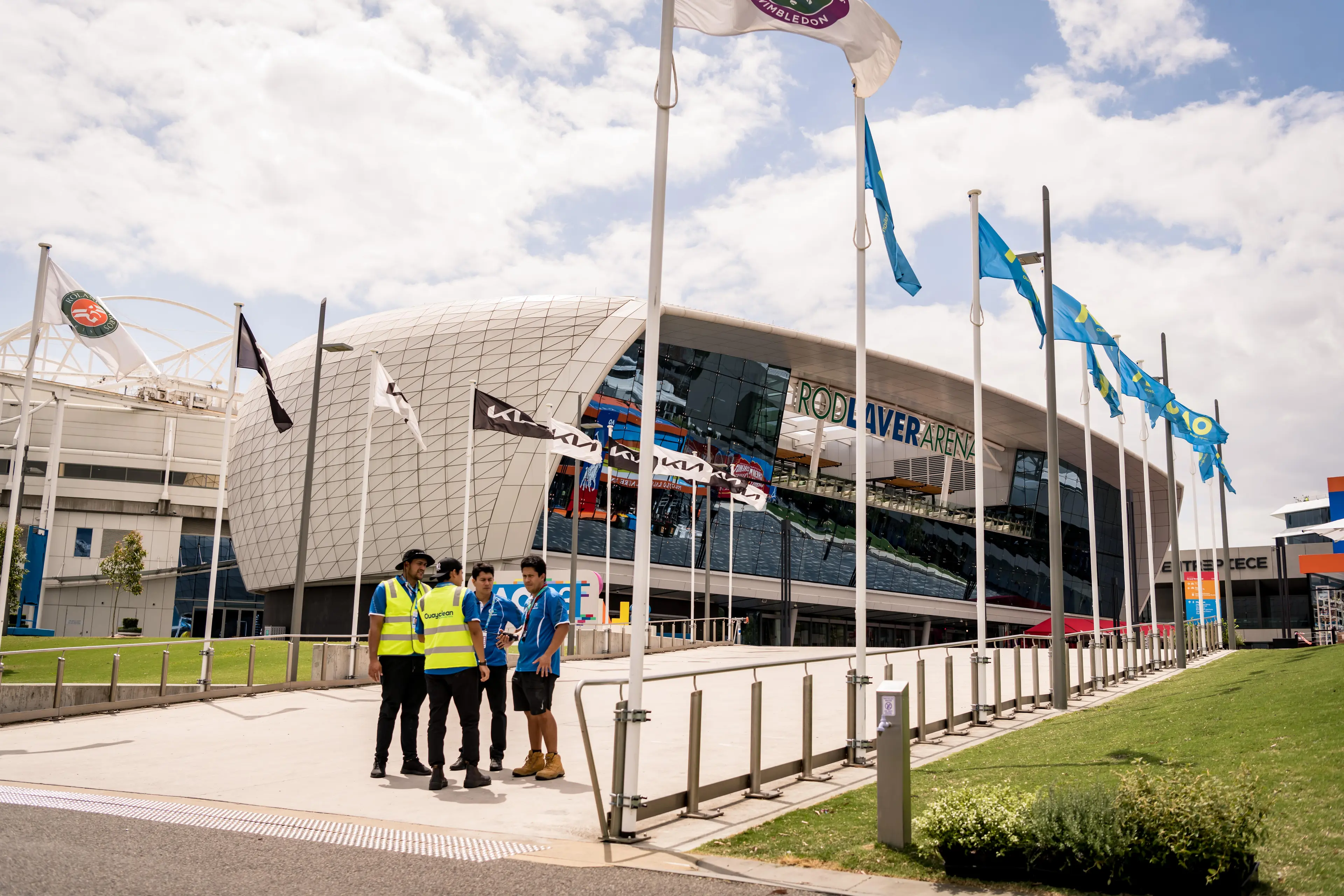
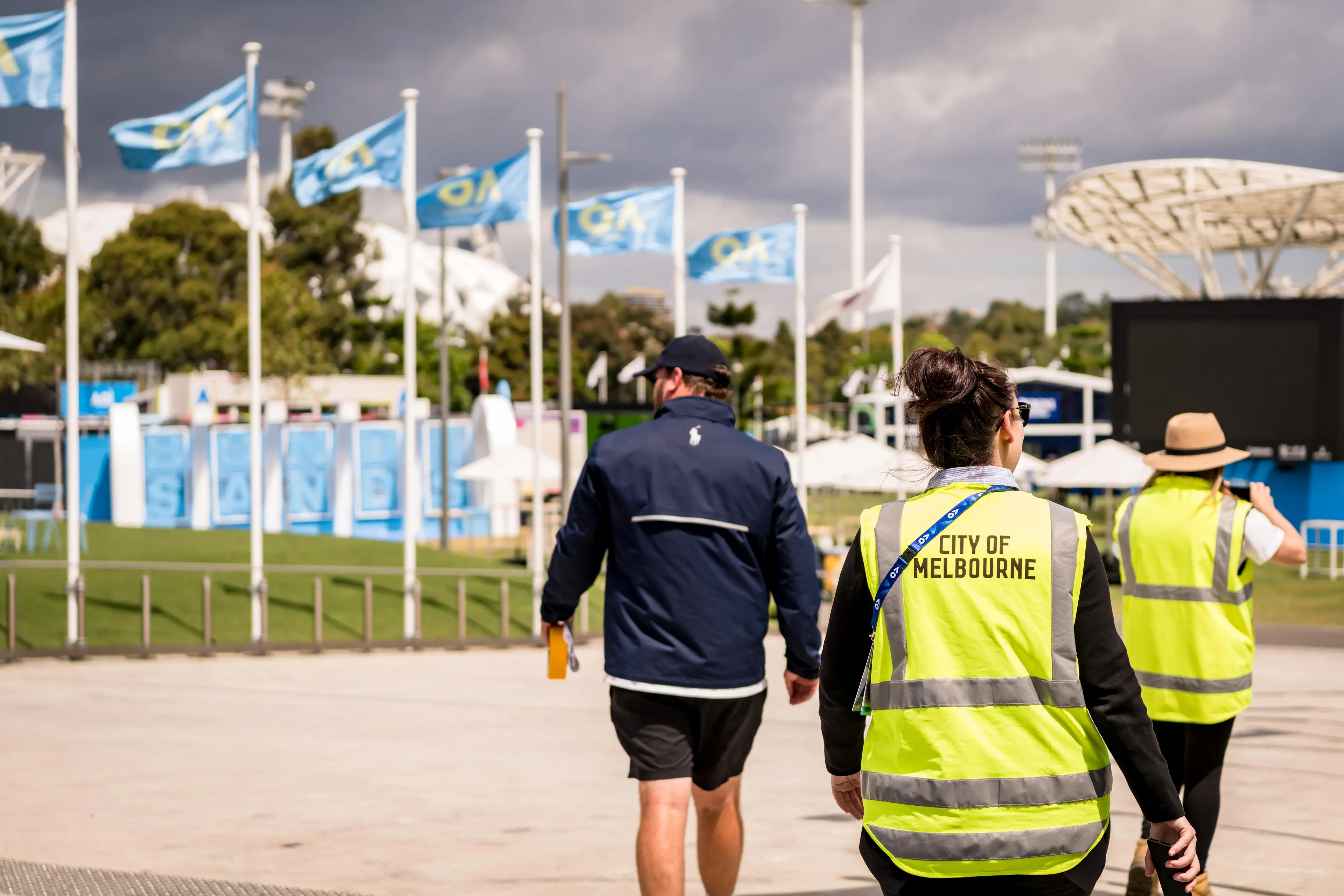
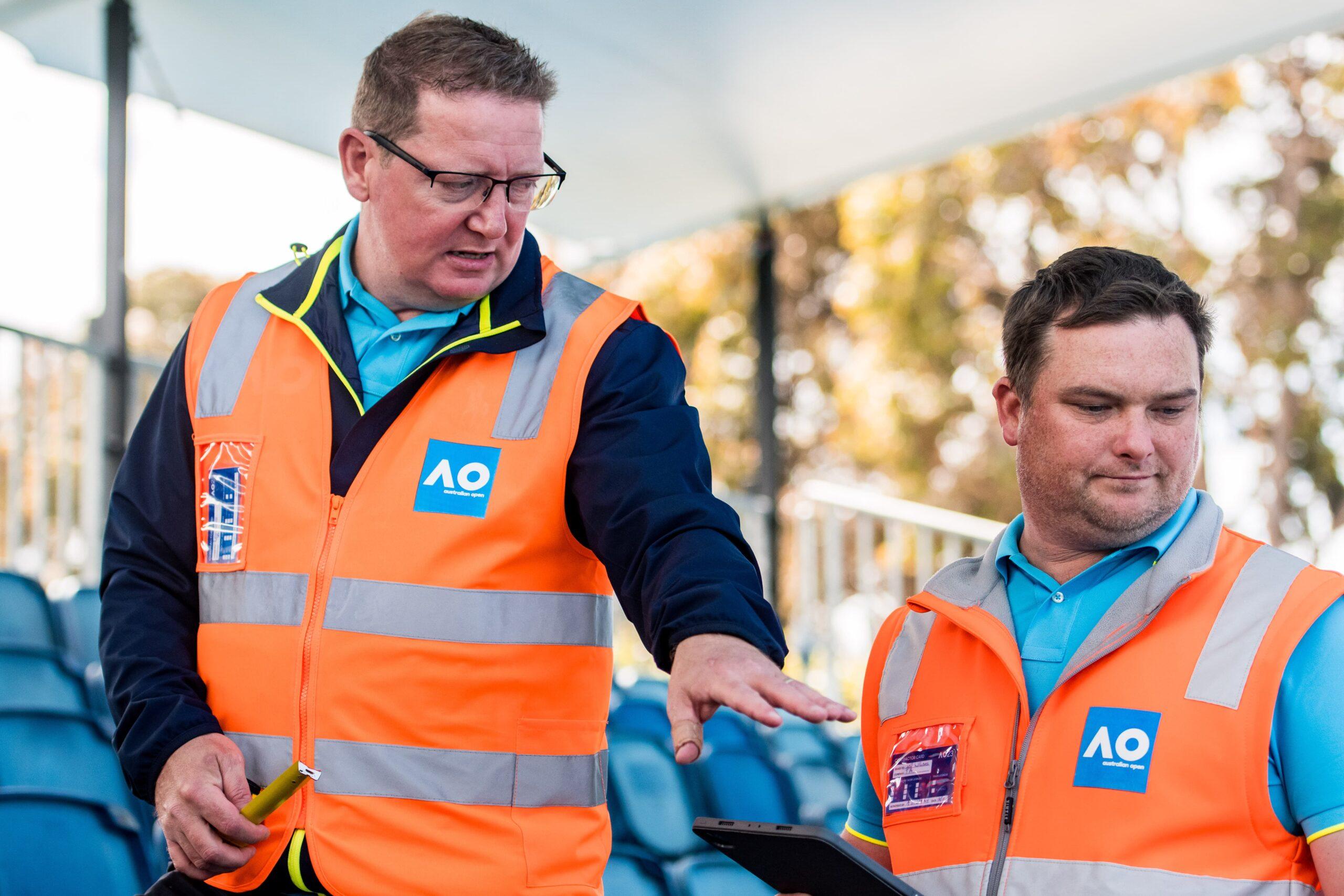
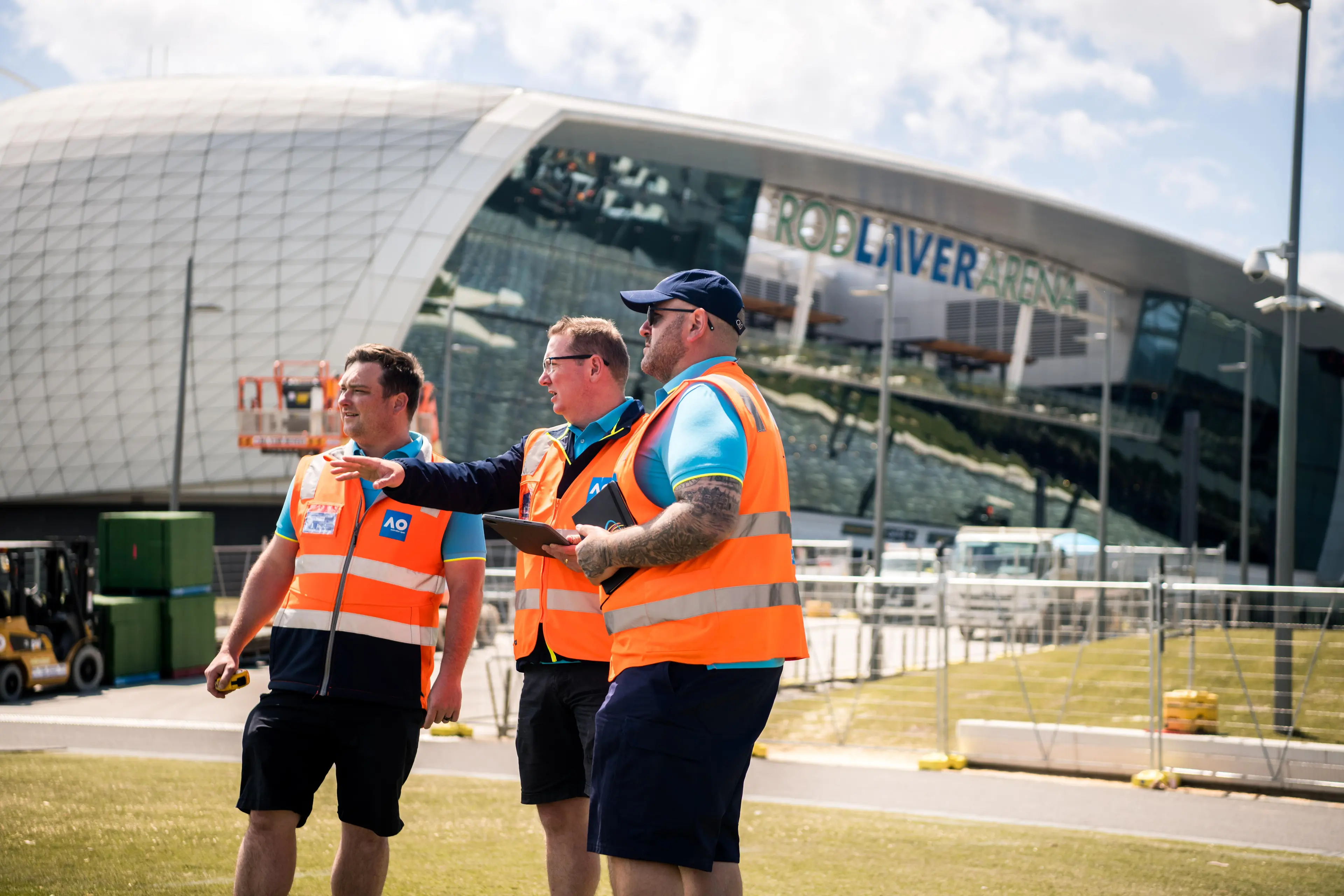




“We push the boundaries, but we’re only able to do that with a level of confidence that the tools we have will enable us to get the result that we want.”
Millions of eyeballs worldwide are on the players, so the Court Services team needs to ensure each court is in good working order for play.
They use Inspections on their tablets after every match, and at the start and end of each day. Between each match, the team has less than five minutes to run a check.
How they go about it is clever. Every court in Melbourne Park is logged as an Asset. They simply scan the court’s unique QR code to bring up easy-to-access runsheets, best-practice photos of fridge and freezer setups, player seating charts, towel placement, and court maintenance guides.
The team also captures and digitally marks up any court issues that could potentially affect a player and attaches photos before sending an alert to change courts on the two-way radio. Not bad for five minutes!
“Previously, we were using paper checklists and just ticking boxes,” says Todd Woodbridge, Match Operations Lead. In having those checks and reports compiled digitally on court day by day, supervisors can go back into the SafetyCulture platform, compare each report, and see how the courts are performing individually in a more streamlined way.
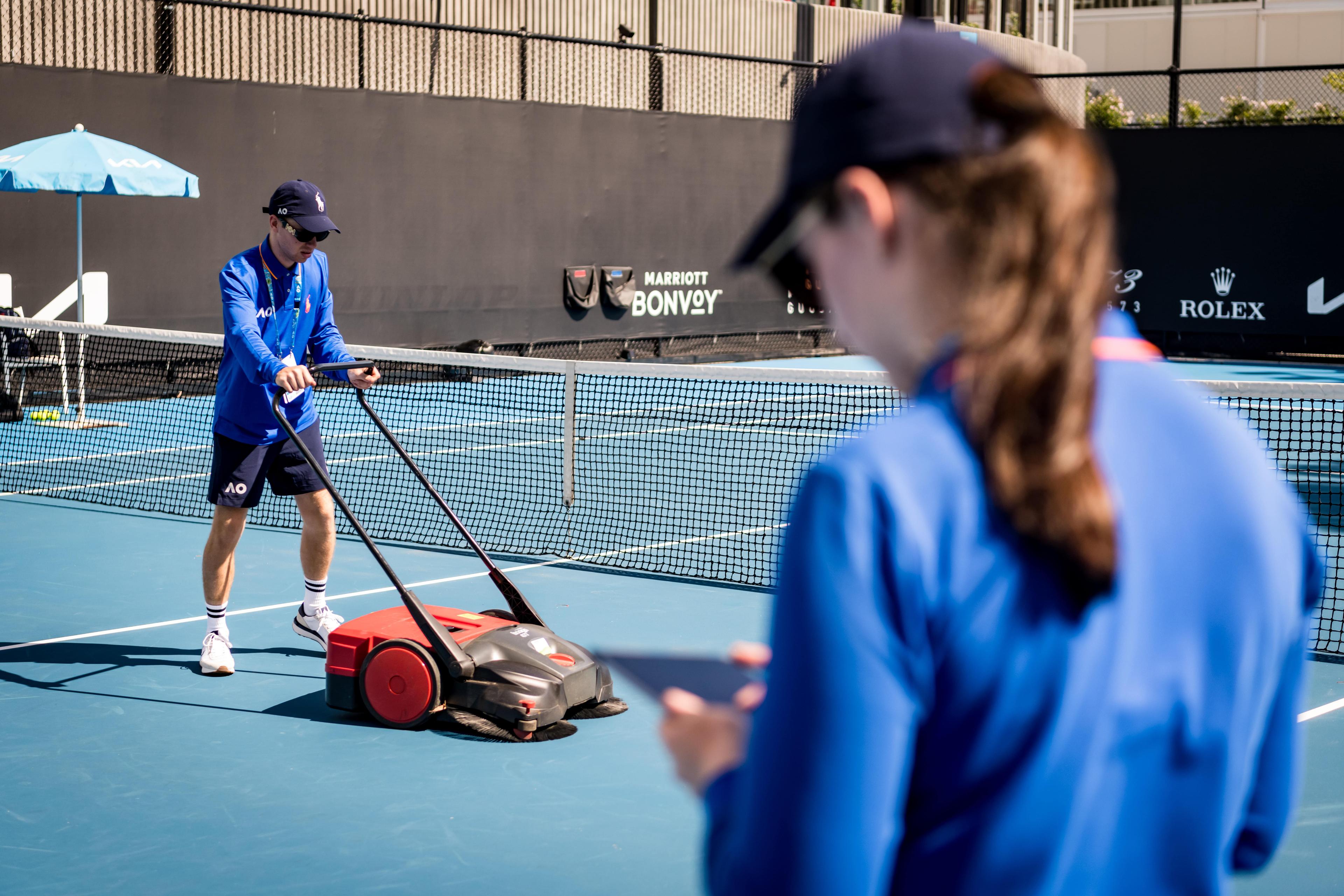
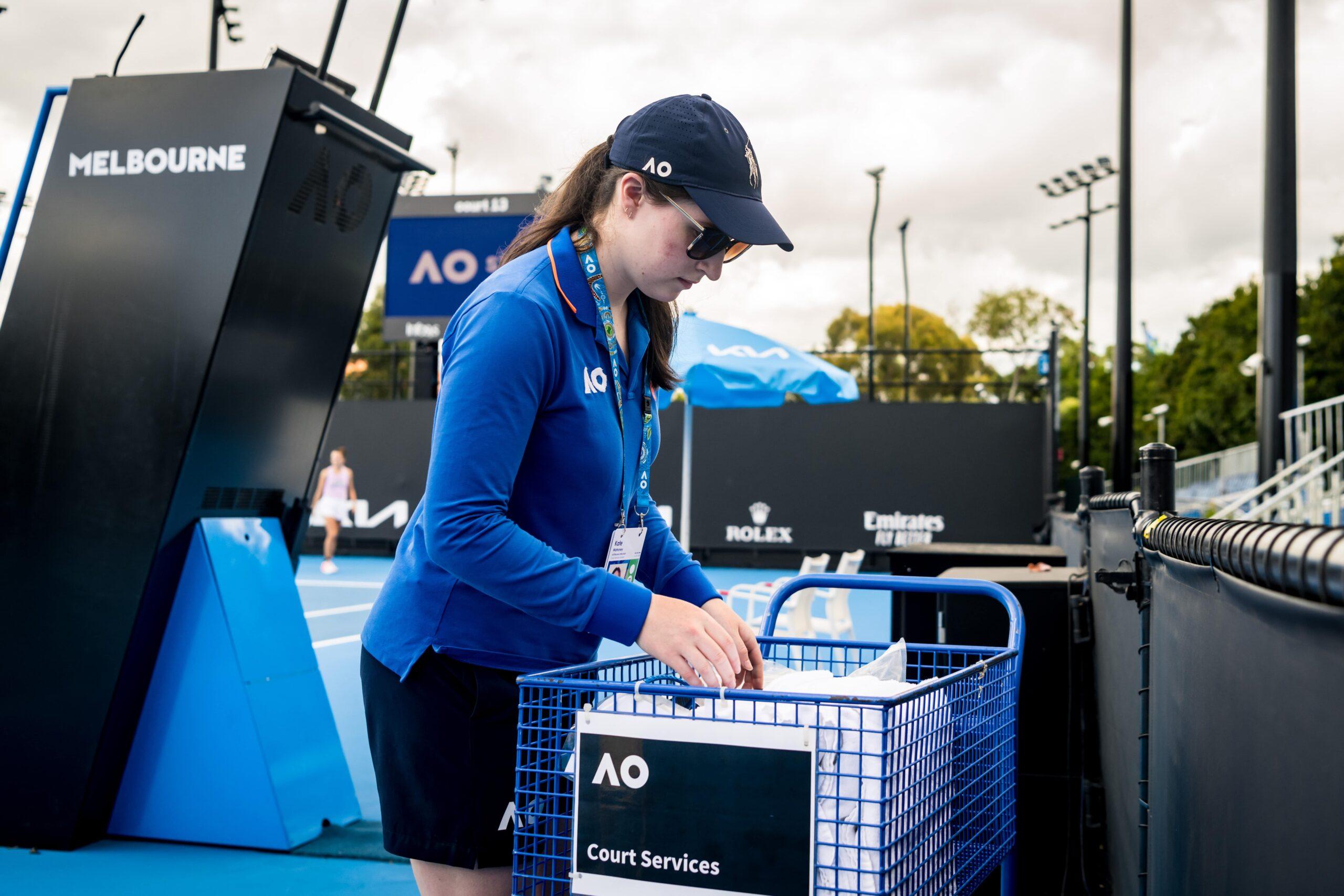
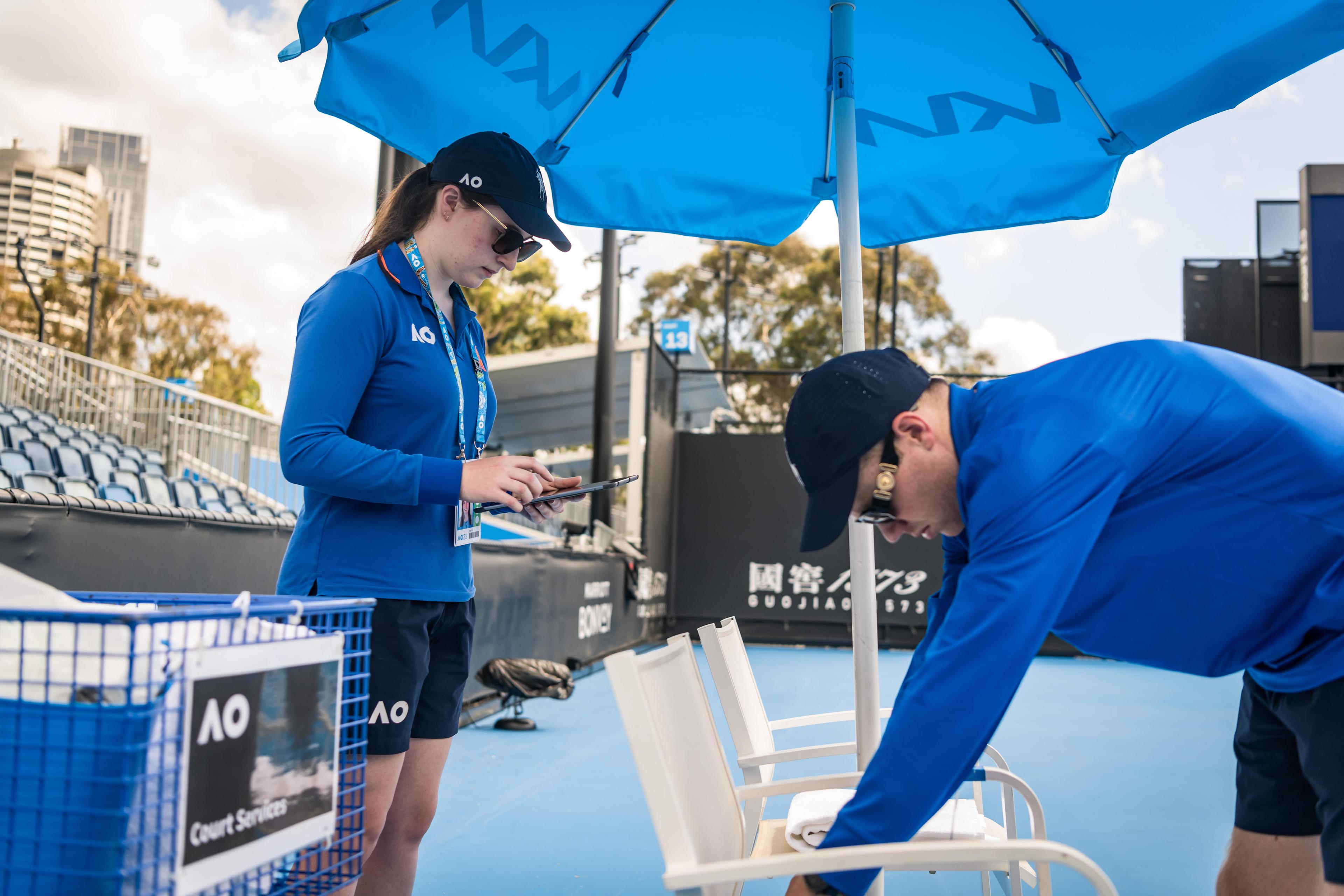
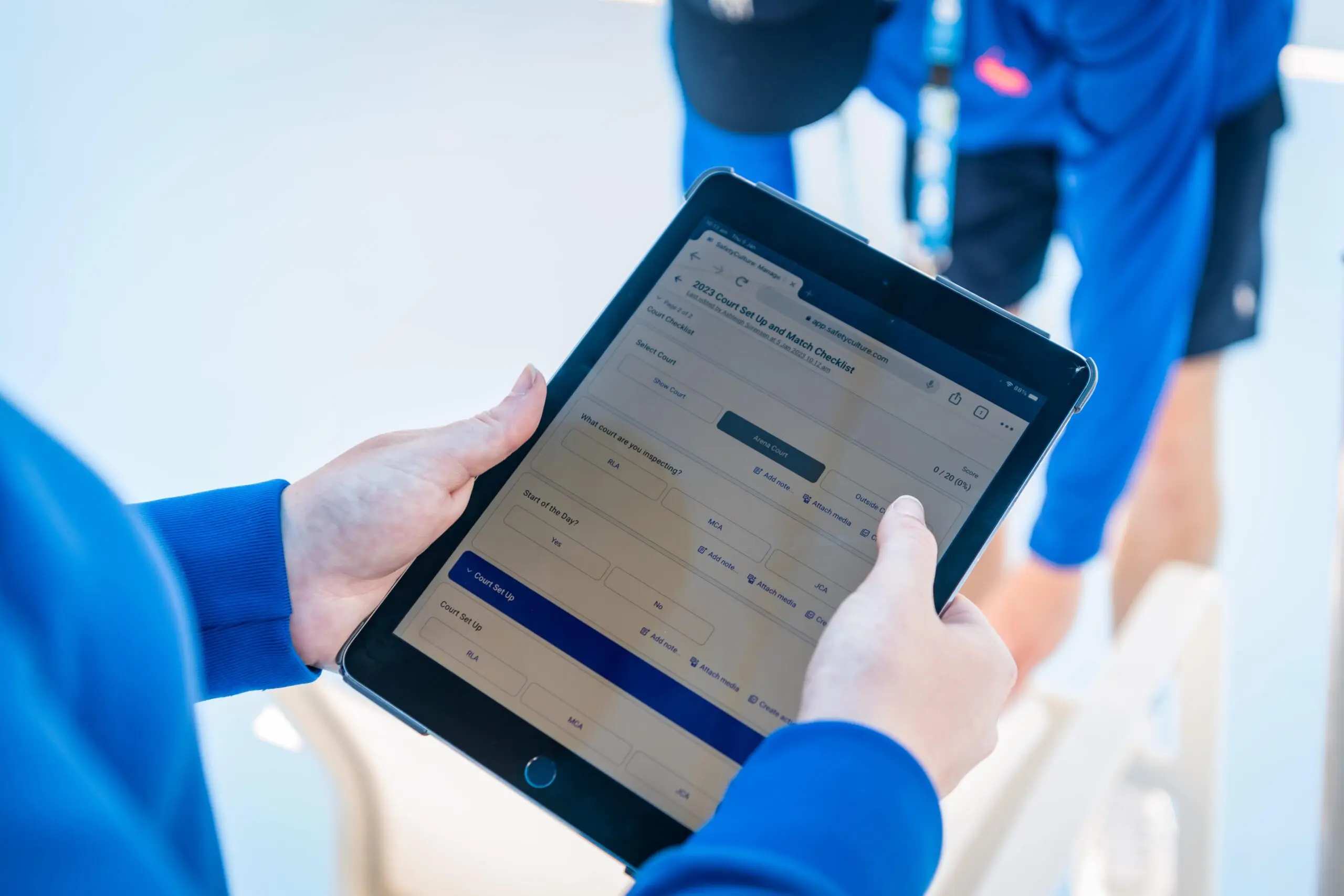
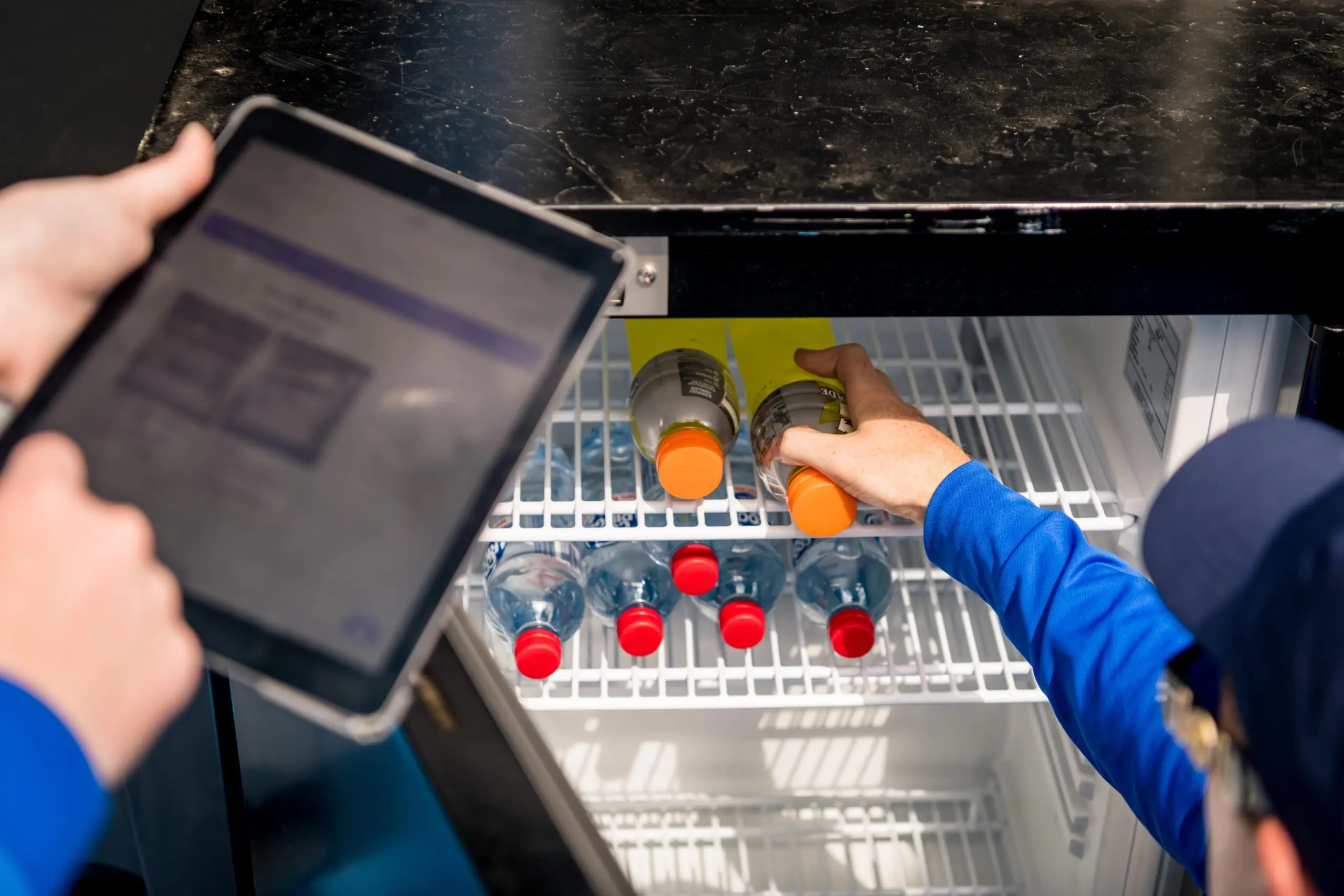
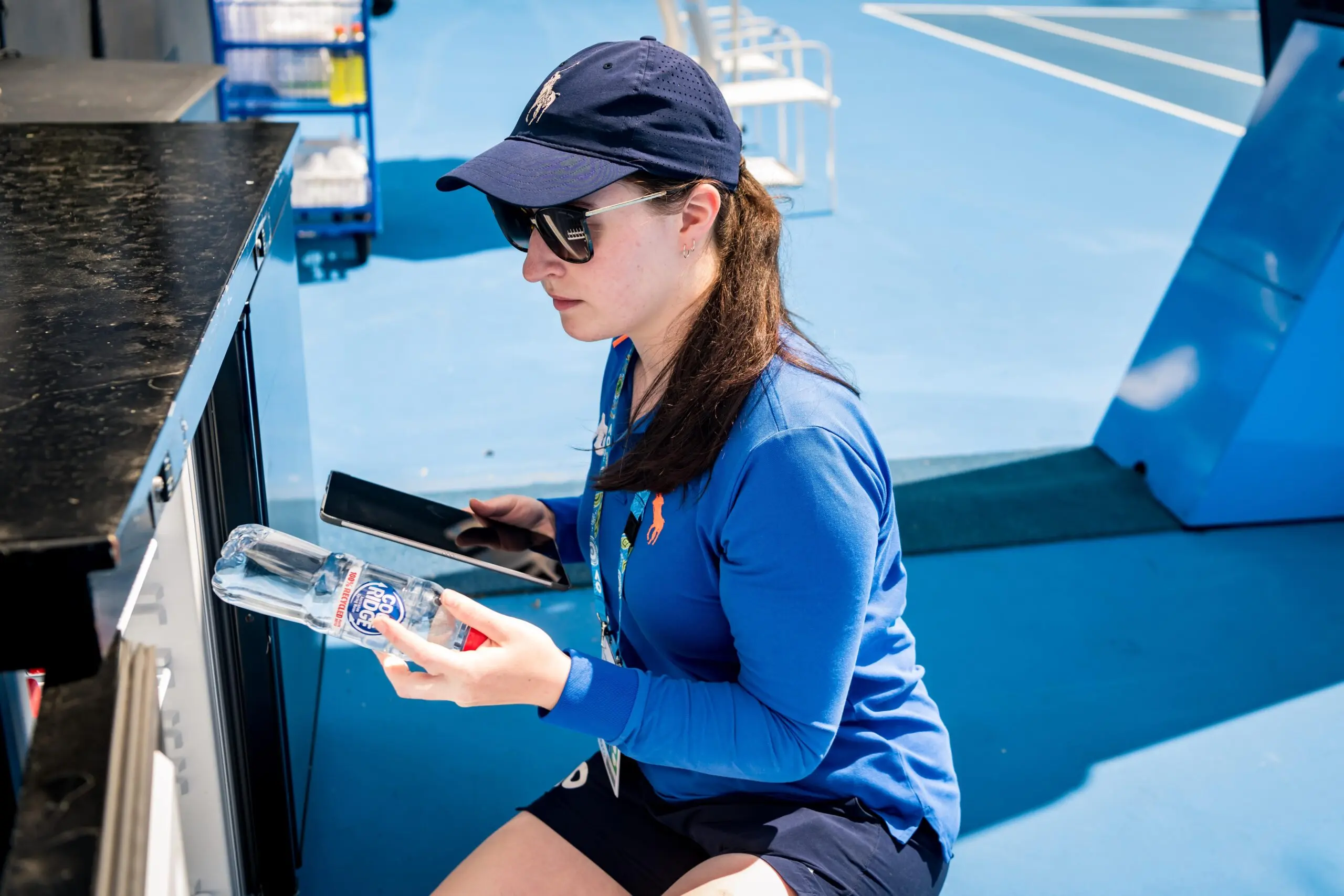






Whether it be the ballkids or court services, customer experiences, retail or sustainability teams, all of those are using SafetyCulture to deliver the Australian Open that not only the fans love, but that that our workforce feels great about.
The Sustainability team is a small but mighty one. As the tournament gets bigger in size, they set themselves the task each year to further reduce the event’s environmental footprint. Using the SafetyCulture platform, the Australian Open is managing recycling centers on-site, assessing levels of contamination in waste streams with Inspections templates customized to specific categories of waste, helping to create cleaner outputs. This will provide data and insights to help support the AO in its goal to optimize processes.
No, we’re not name-calling – this is actually what they call themselves! The Australian Open’s friendly ‘Trash Talkers’ are responsible for helping patrons separate and sort their waste into the correct bins. Tennis Australia is audited for all their waste, and any rubbish that’s disposed of incorrectly (i.e. contaminated) means a penalty for them. It’s a great incentive to keep everyone accountable in playing their part towards a more sustainable future.
Where does SafetyCulture come in? Well, as you can imagine, with hoards of people flowing in every day, that’s a lot of rubbish to sort! There are bins dotted all throughout the 2km-stretch of grounds with some areas receiving more foot traffic than others. Previously, staff had to manually check on foot which bins were overflowing and needed emptying. Great for their step count – not so much their sustainability quota.
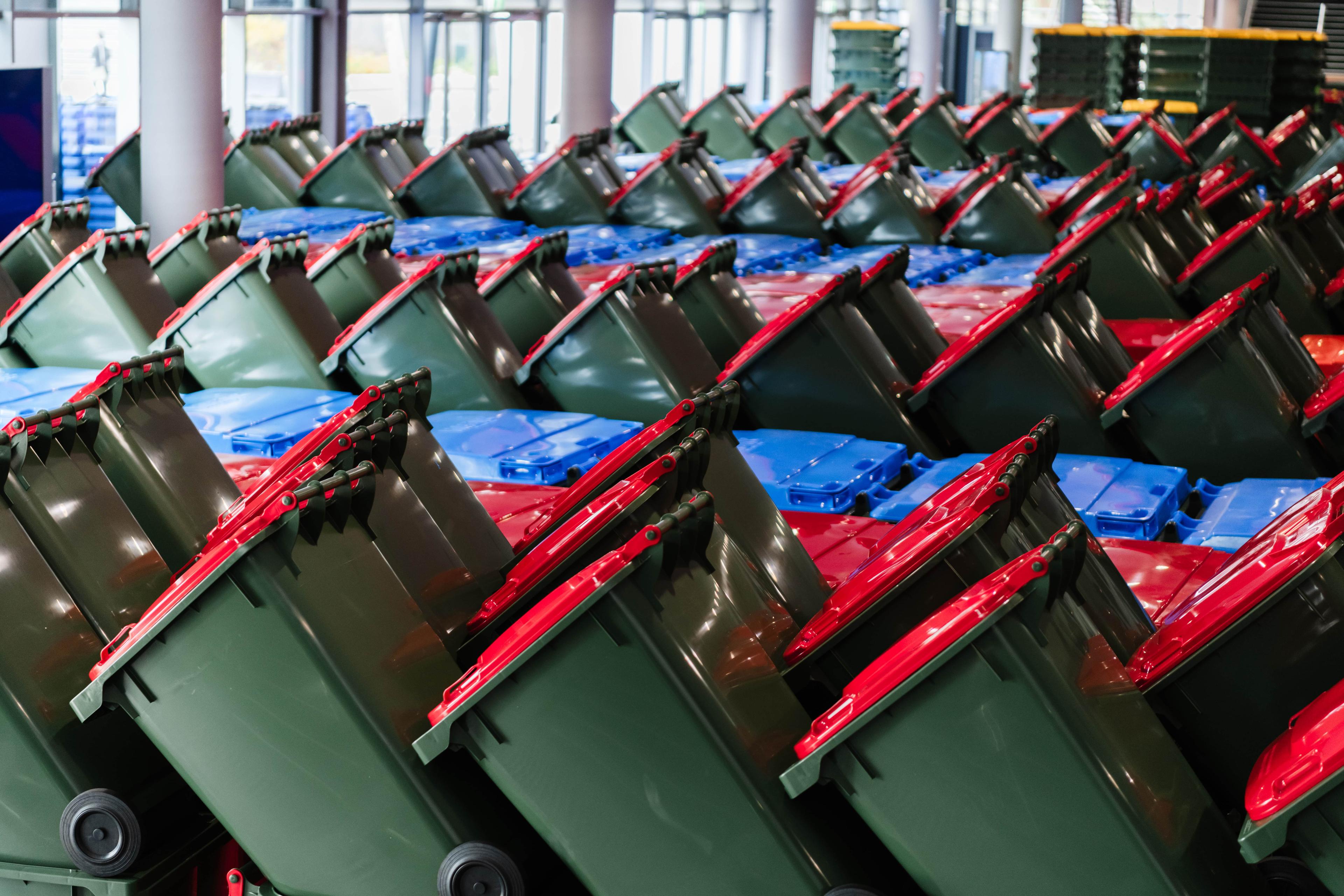
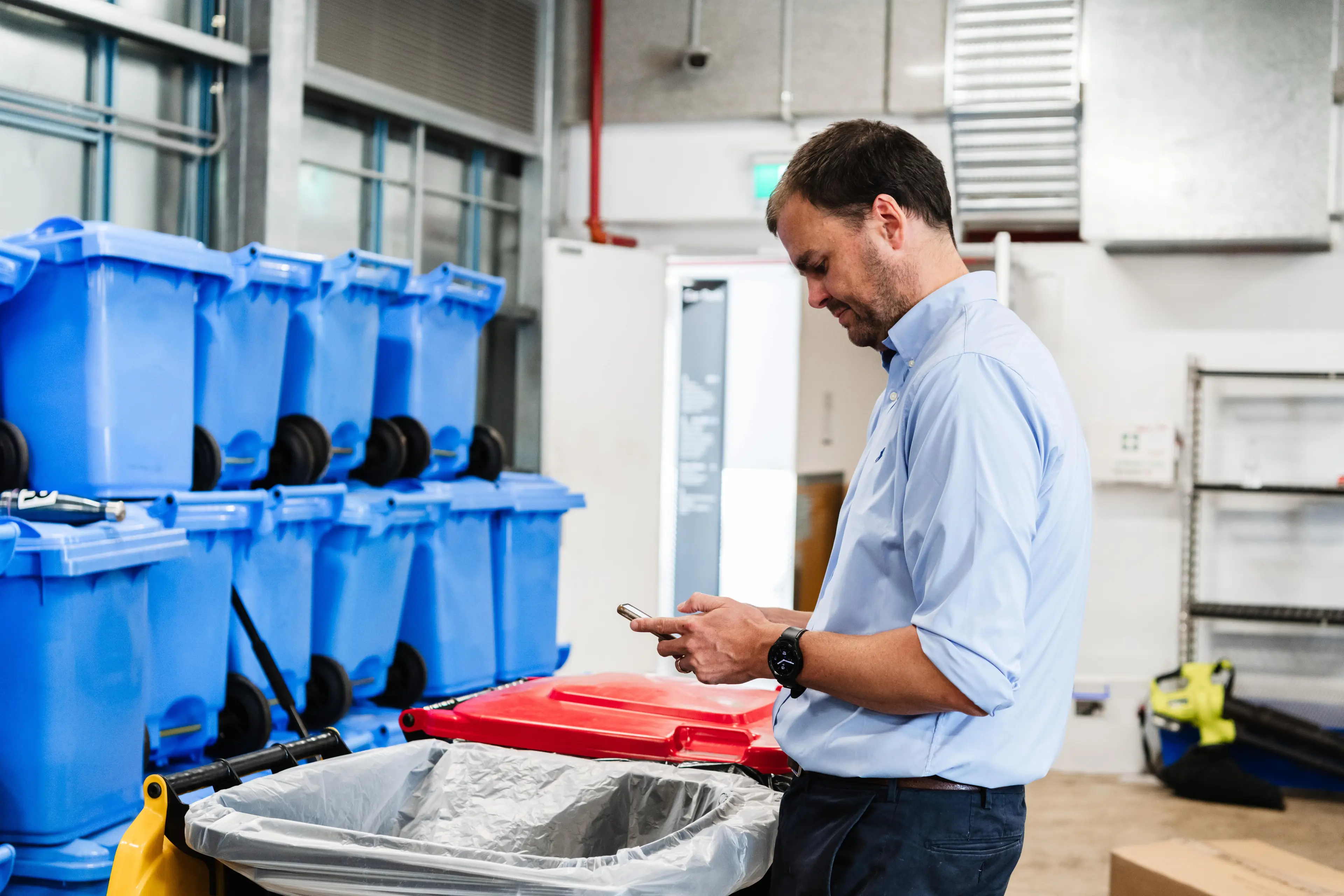
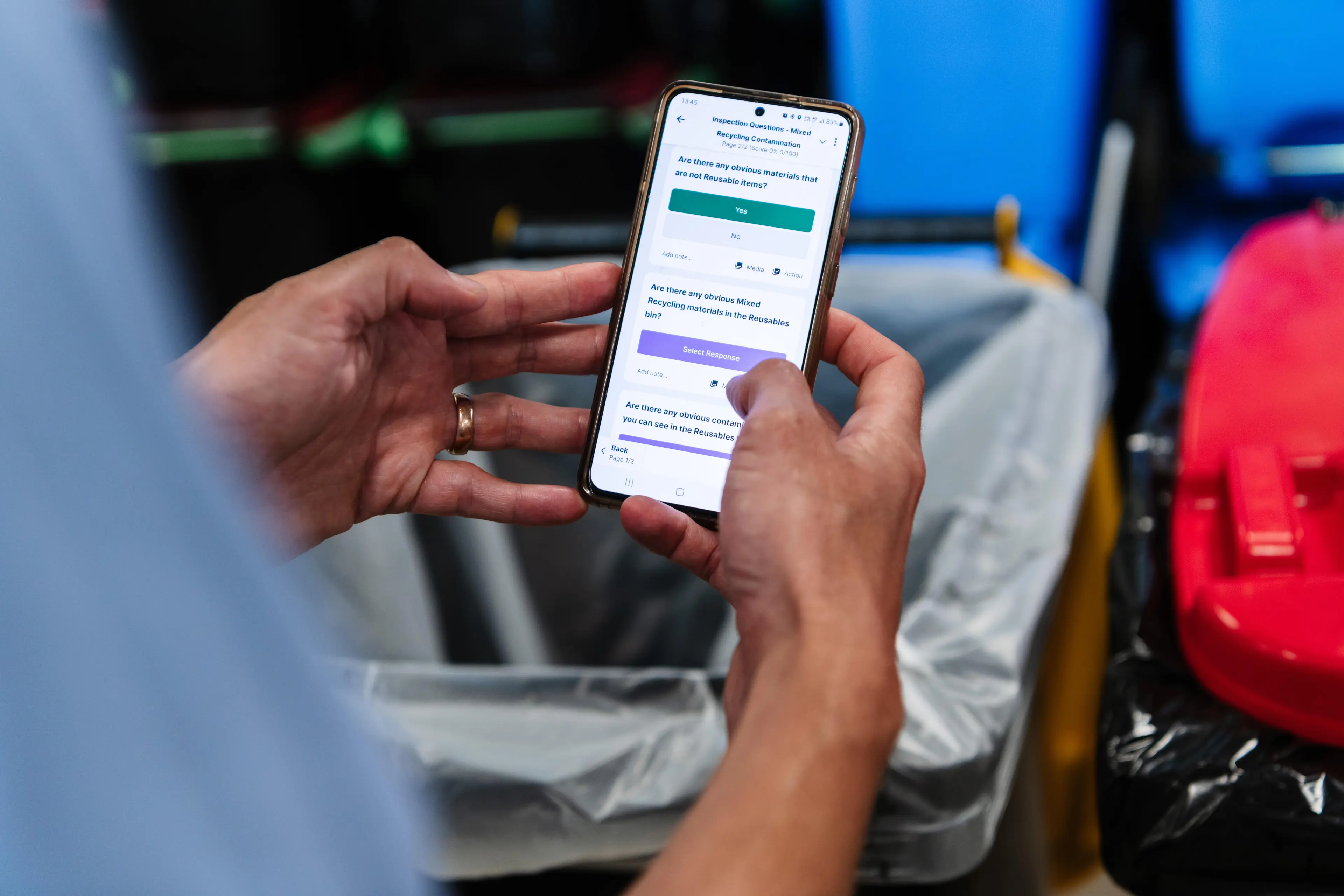



This is the first year Tennis Australia has end-to-end visibility into its waste management zones – where previously there were gaps in the process. Quayclean cleaners are contracted to work with the AO. The cleaner responsible for zone 2, for example, will use the waste management template they’ve created in Inspections to check and report on the percentage of contamination.
During and after the event, the Sustainability team uses Analytics to track where the hotspots are and the percentages of recycling bin contamination. This way, they can locate the busiest bins and create follow-up Actions, which can include sending more resources, staff, and Trash Talkers to educate patrons on proper waste management. Once the AO is finished, they can collate all of the data they’ve gathered, see their impact, and use it to inform areas of improvement for the next event.
At the end of the event, we only have 30 days to break it down, so having SafetyCulture enable us to do that gets us to the point where we have absolute success.
It’s full steam ahead for Retail as the team helps reimagine the Australian Open’s on-site shopping environment. Their goal is to create a world-class retail experience for their patrons that’s premium, engaging, and fun. Speaking of fun, here’s where SafetyCulture comes into play.
“The system itself is extremely easy to use,” says Jonathan Lee, Retail Manager. “So even if you’re a novice and don’t really understand what the compliance requirements are, SafetyCulture makes it clear.”
This year, the AO retail store is doubling in size and staff. To make sure they maintain their best-in-class customer experience and set all staff up to do their best work, Jonathan and his team are using SafetyCulture to remove the admin hassle from their day-to-day. As well as Training for onboarding, this year they’re using Inspections to replace their paper-based opening and closing checklists and break management, Actions to alert the team when they’re running low on stock, and Heads Up to resend out their daily briefings.
SafetyCulture helps remove the stress of remembering what needs to happen so they can focus on what’s most important – the customer.

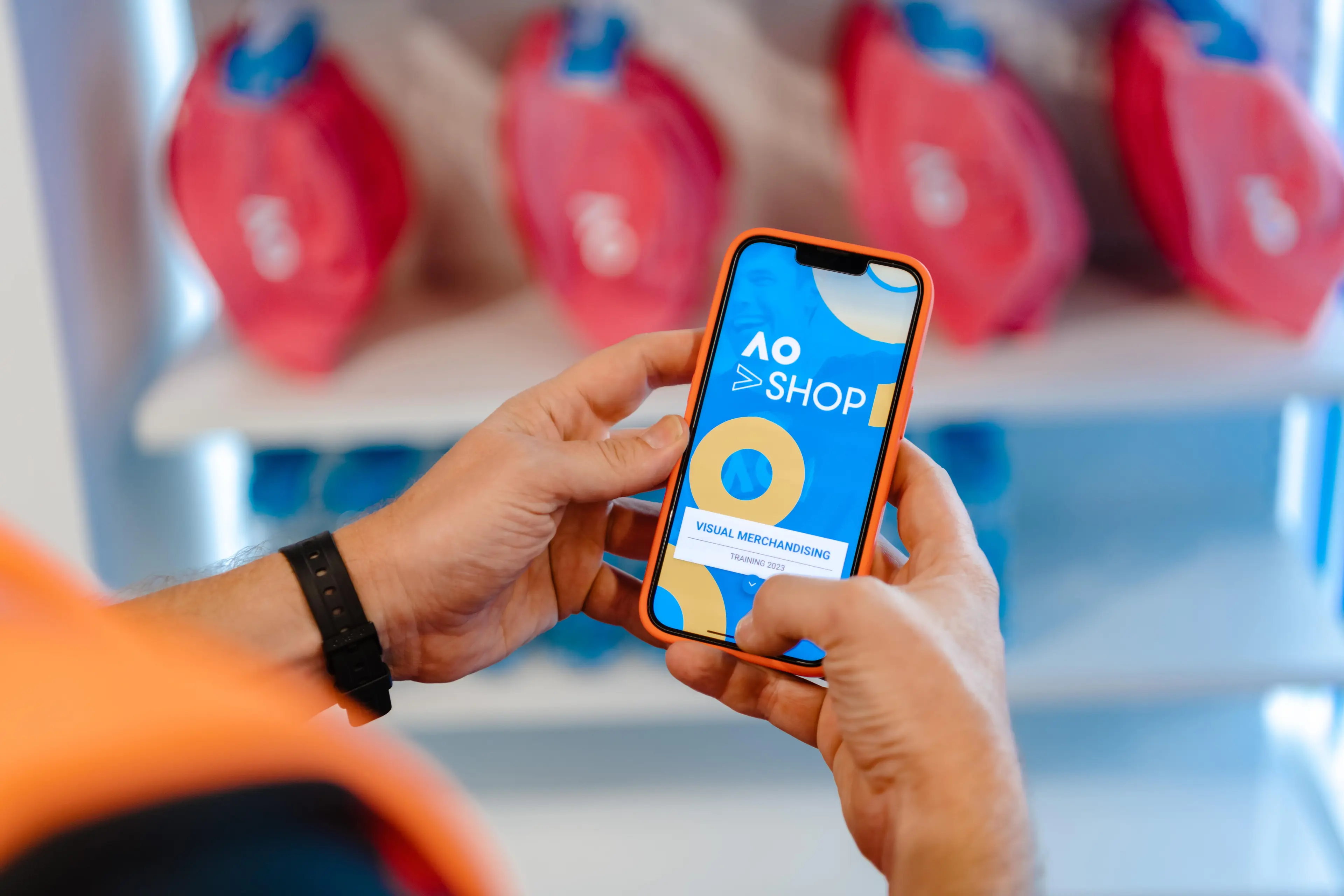
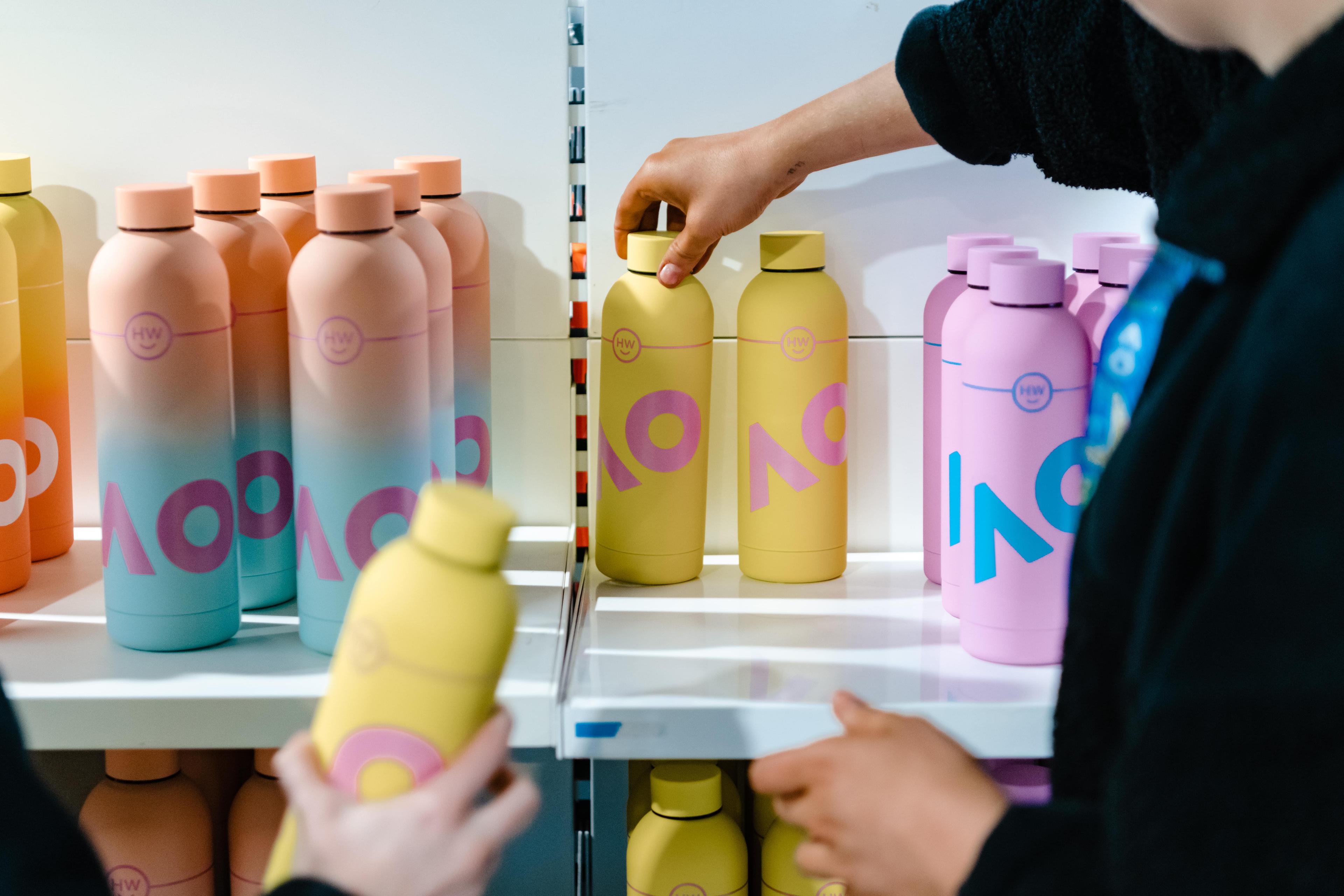







The system itself is extremely easy to use. So even if you’re a novice and don’t really understand what the compliance requirements are, SafetyCulture makes it clear.
The customer experience team is constantly on the move – they roam the grounds of the Australian Open, helping to manage the needs of fans to ensure an unforgettable experience at the tennis.
The SafetyCulture platform is their on-the-go solution to help log customer feedback. With it, they create customer surveys and easily spot trends to find out how to make the customer experience even better.
Their goal this year is to have better visibility of staff performance to minimize staff turnover. They use the platform to reward those who are outperforming and step in with training for those who need a bit more help.
Team members are asked to fill out Inspections templates to rate management performance to ensure they have the best supervisors and leaders on staff. They also use Training to provide team leaders, managers, supervisors and division heads with the right tools to run their teams effectively – including expectations, experience standards, and how to prepare for the AO.
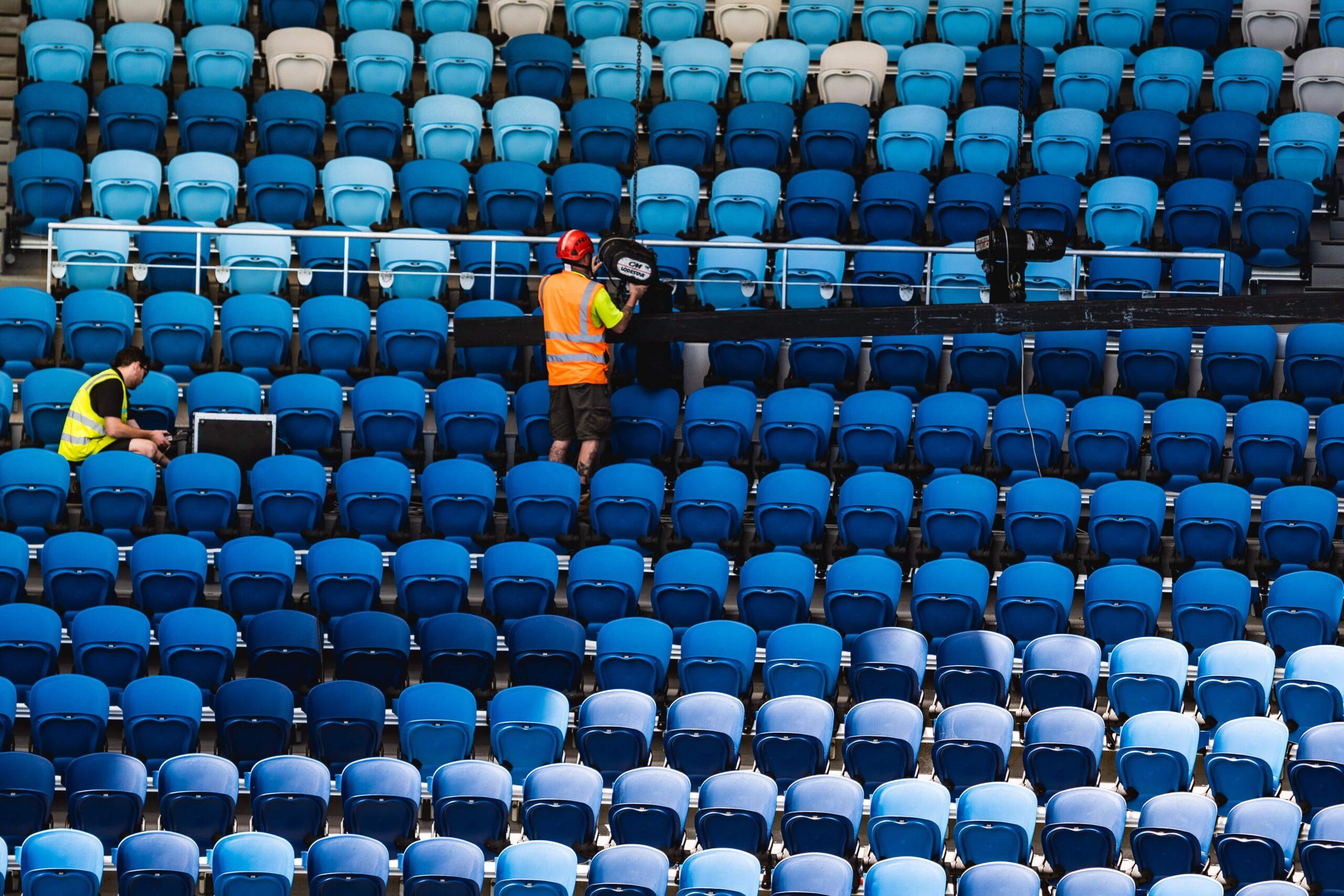
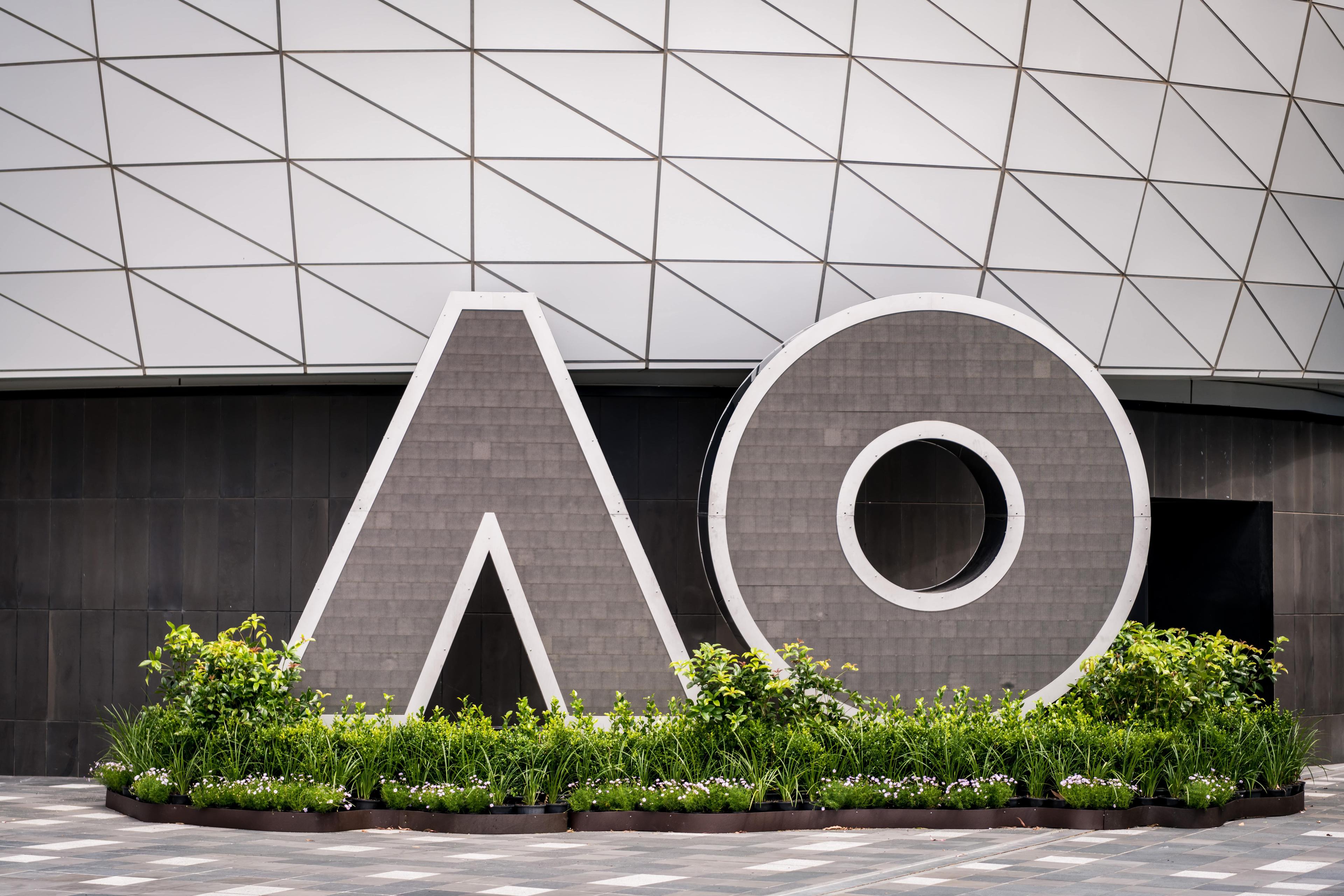




We’re fortunate to be one of the many global organizations that use SafetyCulture.Year on year, our momentum and our growth is driven by the processes that are now ingrained in our team as part of the successful delivery of the Australian Open.
The Australian Open is one of the largest sporting events in the world, but it wouldn’t run without the tireless help of ballkids.
“To be a ballkid, there’s a lot of things to remember,” says Elise Mace, Ballkid Strategy and Operations Lead. “There’s the skill component – how to roll the ball, how to service the players, the court movement, and the concentration they need to do their job on court.” On top of that, there’s the need to understand the basics of how tennis and scoring works. This demands a considered training program that runs throughout the year.
2021 was the first year the AO introduced a mobile-learning element to their ballkid training. They’re doing it again this year to upskill an army of 400+ young people from all walks of life. To brush up on their ballkid skills ahead of the AO, Training lessons have been built using videos and gamification to refresh techniques.
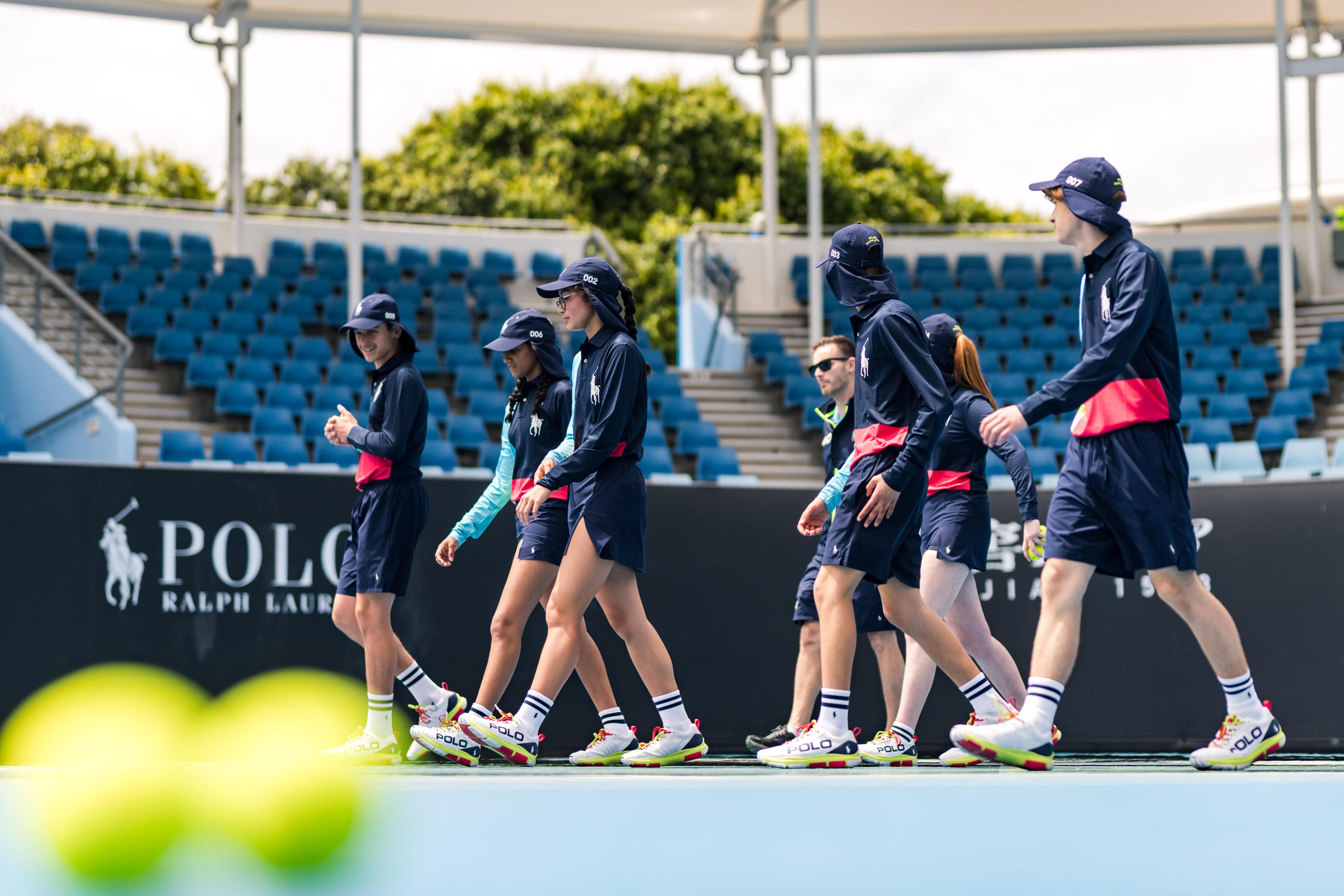
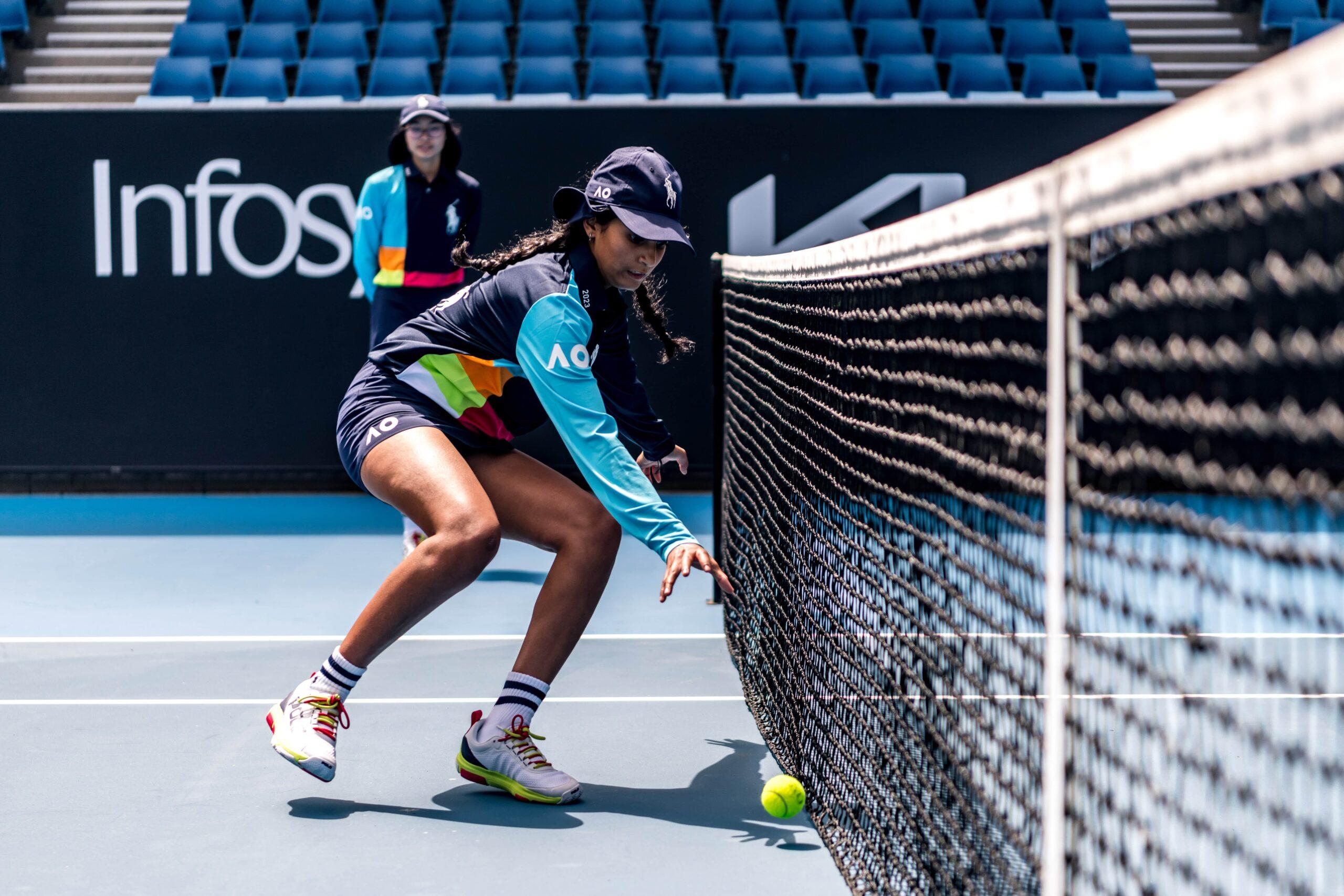
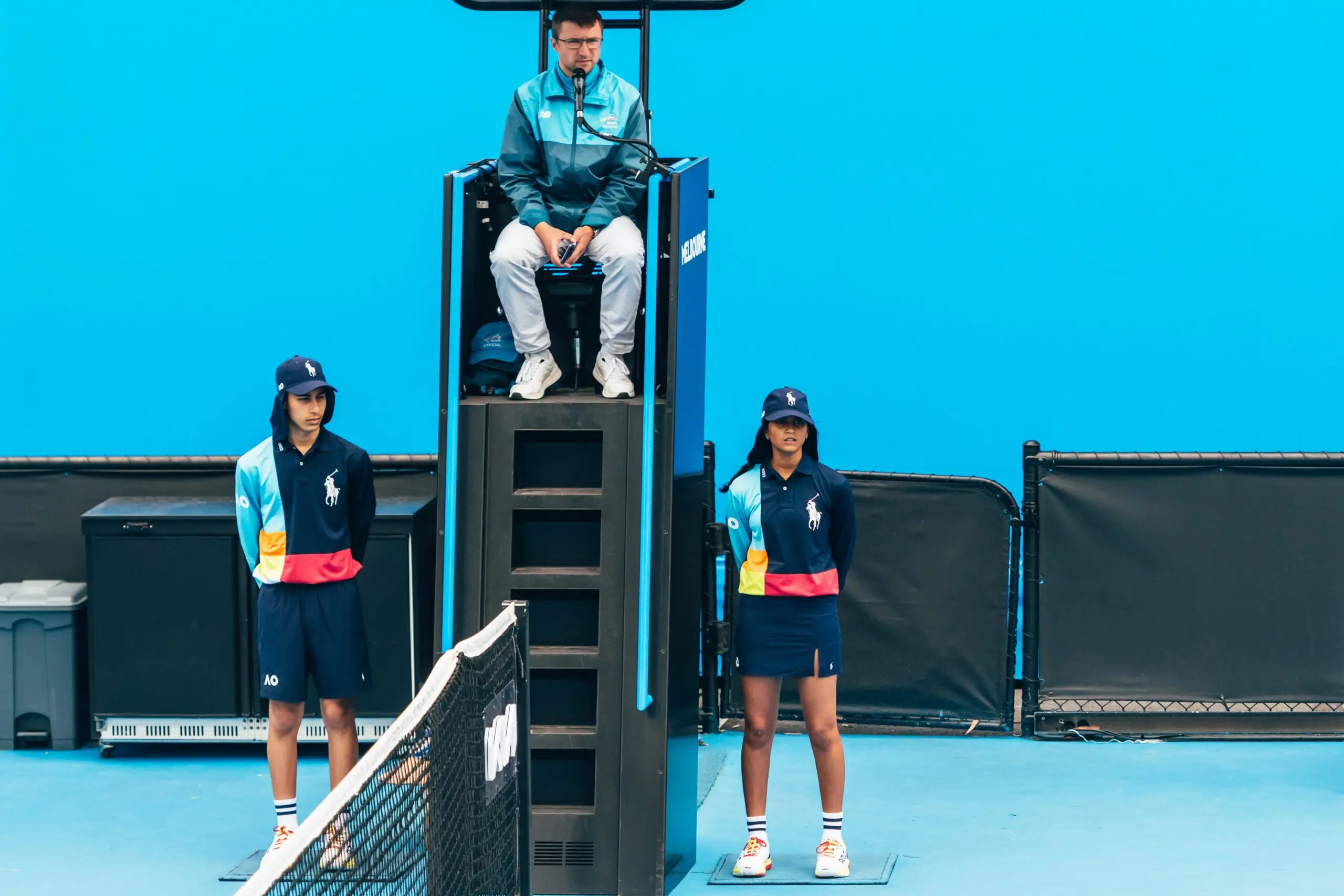
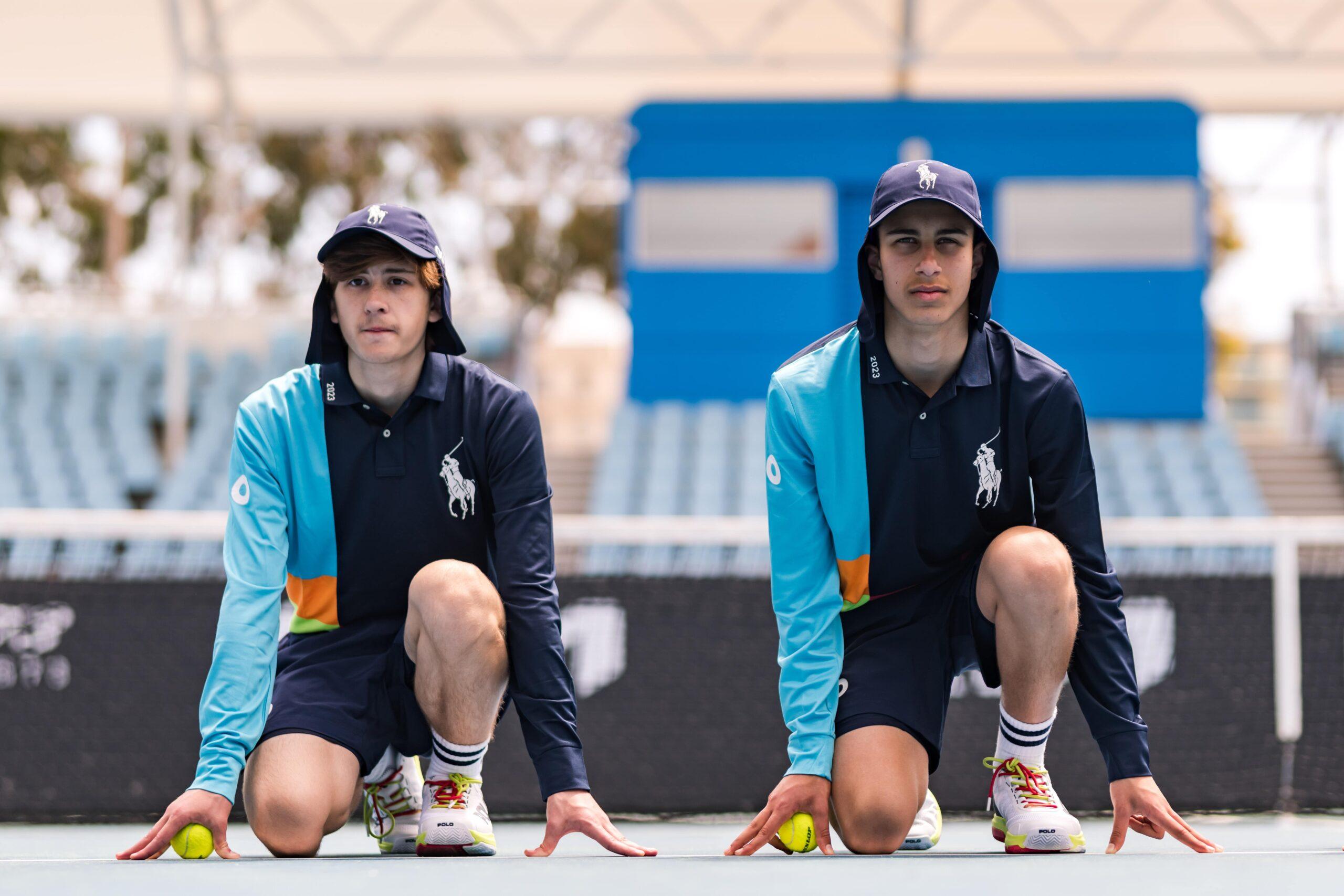
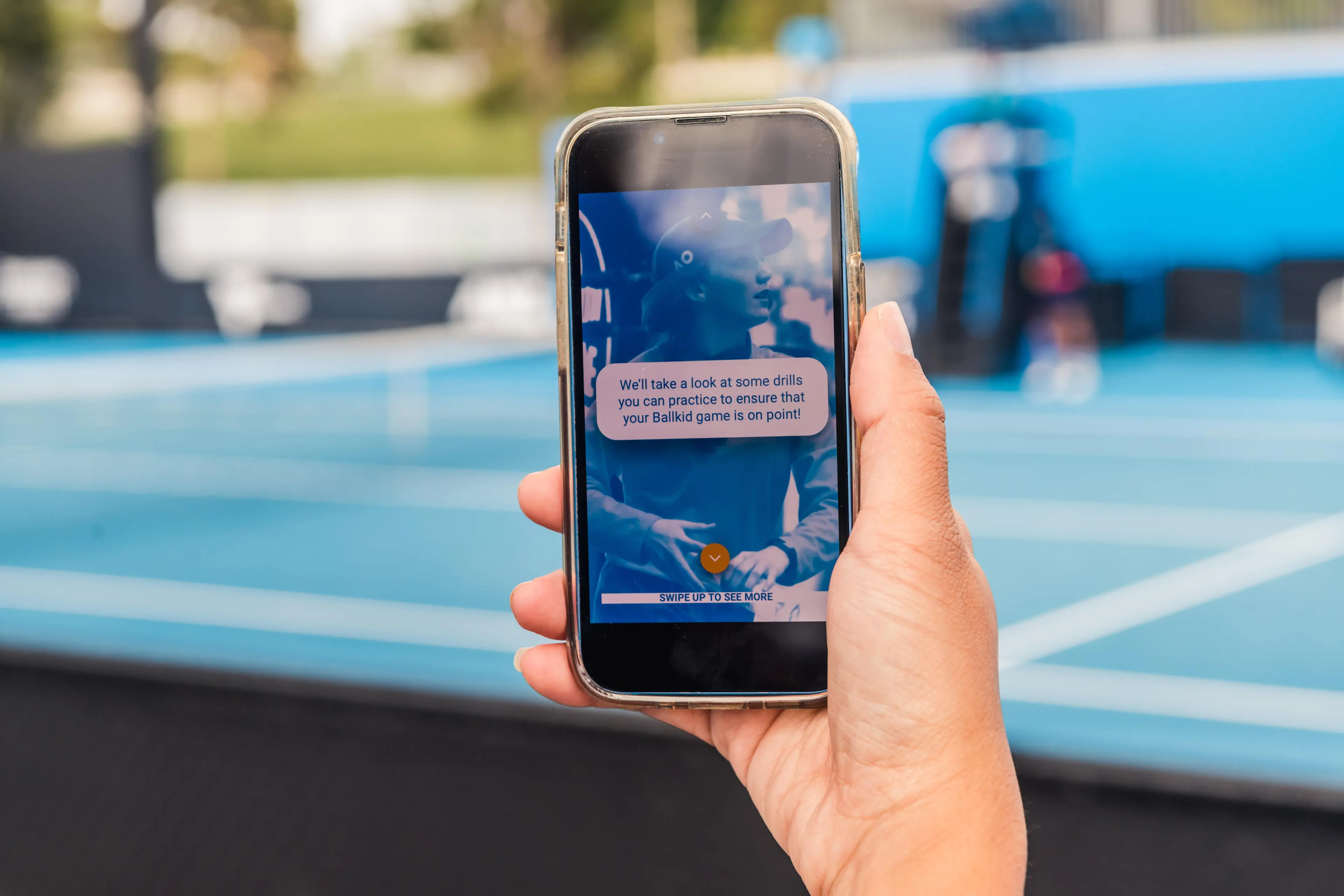
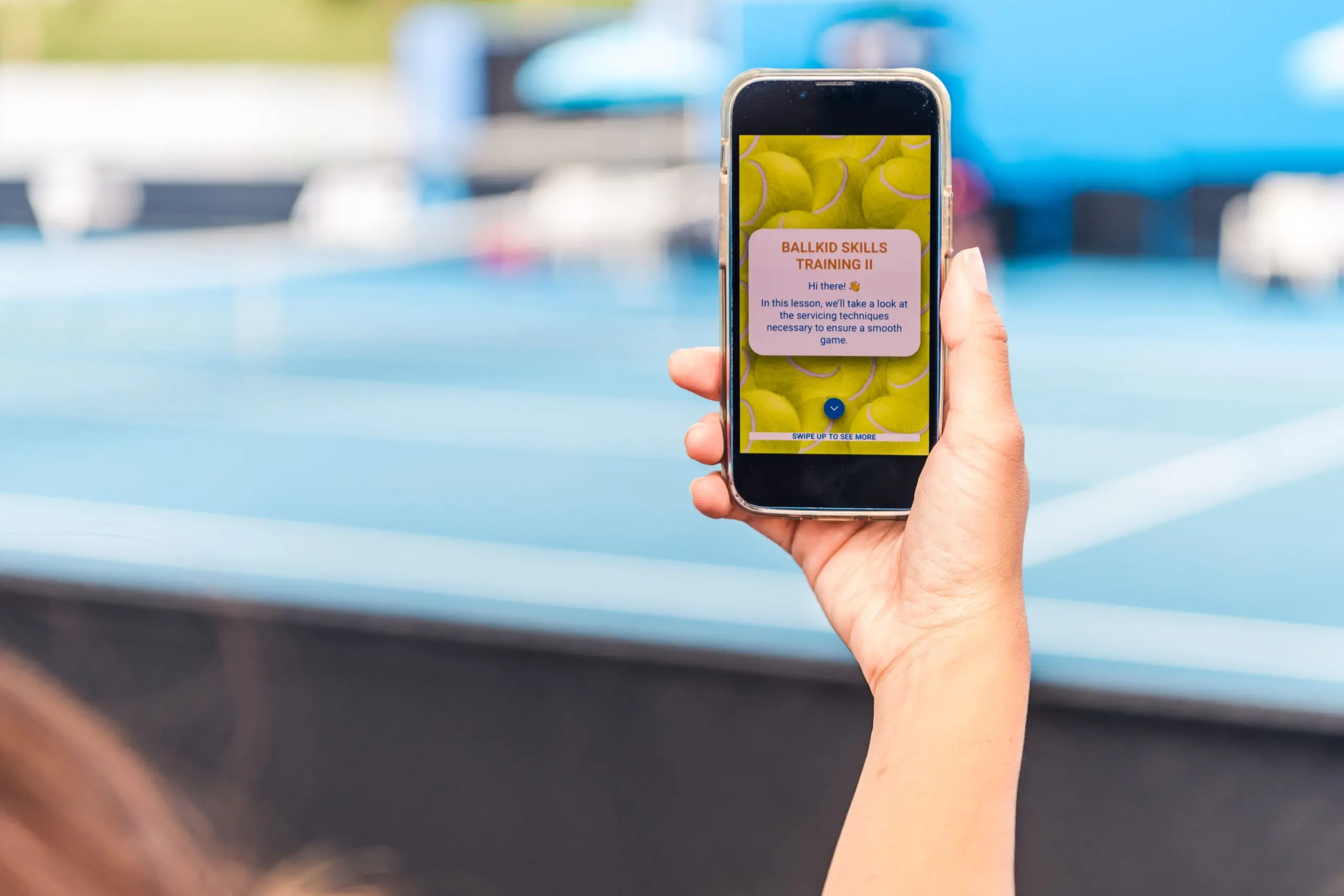






Keen to keep rallying? See what else we’re doing with the Australian Open


Returning every employee home safe is at the heart of Mobile Mini’s ethos. Follow their journey to a safer workplace.

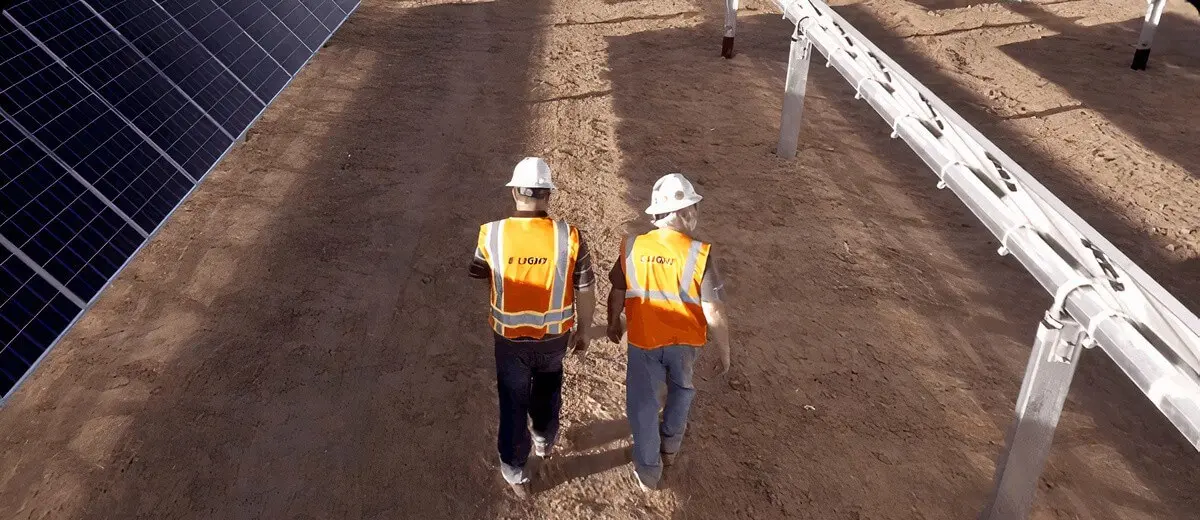
The largest solar panel installation contractor uses SafetyCulture (formerly iAuditor) to train employees and track safety in the field.
Explore more stories, expert guides, and thought leadership from SafetyCulture